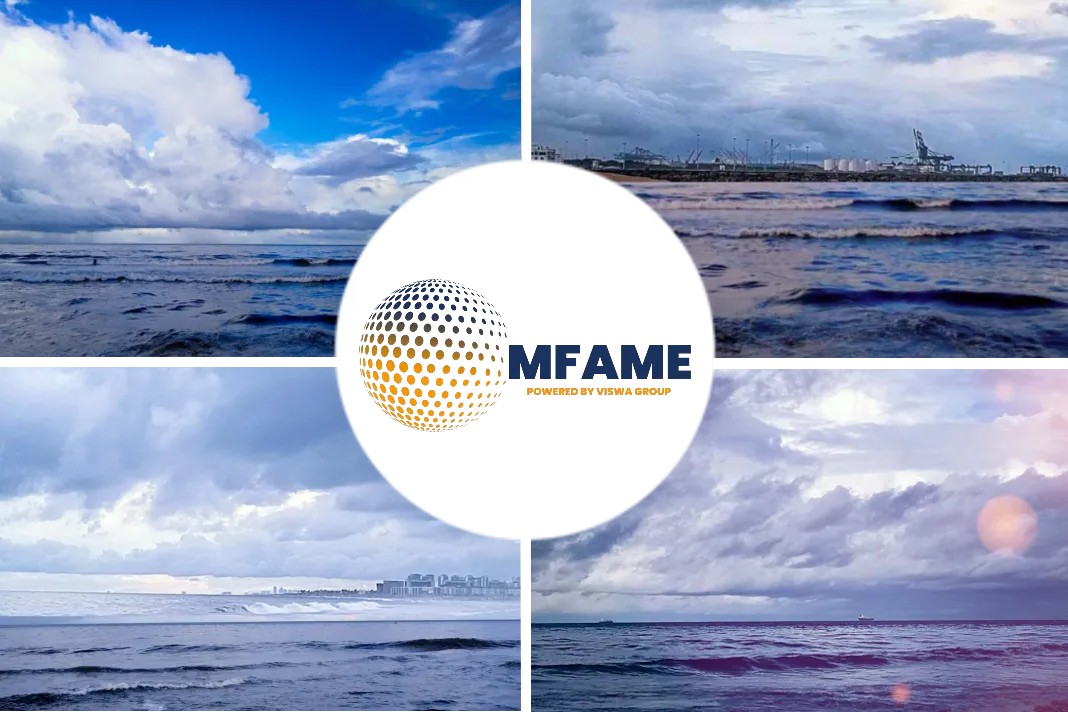Prerequisites to 35 years ParisMoU
In 2017 it was 35 years ago that the Memorandum of Understanding on Port State Control was signed by 14 countries. Since then the agreement has expanded to 27 members and was renamed to Paris Memorandum when other MoUs emerged.
Overall Summary
Over the past three years 62 ships have been banned for multiple detentions and three ships were banned “failing to call at an indicated repair yard”. Ten ships have been banned for a second time. Over a three year period the flags of the Republic of Moldova, the United Republic of Tanzania and Togo have recorded the highest number of bannings. Looking at the Paris MoU “White, Grey and Black List” the overall situation regarding the quality of shipping seems to be stabilising. Although some flag States have moved between lists, the total amount of 40 flags on the “White list” is similar to 2016 (42).
Two entries into fray
This year there were two new entries to the “White List”; Poland and the Republic of Korea. The Islamic Republic of Iran, Kazakhstan, the Russian Federation, the United States of America moved from the “White List” to the “Grey List”. Last year’s non listed Tuvalu also entered the “Grey List”. New to the “Black List” is Ukraine. In 2017 there were 13 flags on the “Black List” (12 in 2016), the Republic of the Congo recording the worst performance for the second year in a row. Recognized Organizations (ROs) are delegated by flag States to carry out statutory surveys on their behalf. For this reason, it is important to monitor their performance.
Correlation between flags and the ROs
For several years the Paris and Tokyo MoU have made a joint submission to IMO addressing the correlation between flags and the ROs working on their behalf. The results are also published in the Annual Report. It is useful information for the industry in determining the risks posed by substandard shipping. After a slight decrease of the total number of inspections last year, the number has increased in 2017 to 17,916. The increase of the detention percentage from 3.42% in 2015 to 3.84% in 2016 has stabilised this year at 3.82%. The level of detainable deficiencies has also stabilised this year to 3,706 (to 3,781 in 2016). As the states with the highest number of ship calls Spain, Italy, United Kingdom, Russian Federation, the Netherlands, Canada and France, together made up over 51% of the total number of inspections, but each member contributes to the inspection efforts by means of the fair share mechanism. With 1,216 inspections and 205 detentions the ships flying a “Black listed flag“ had a detention rate of 16.8%, which is less than the 18.71% in 2016.
Grey listed flag
For ships flying a “Grey listed flag” the detention rate was 7.4%, which is higher than 2016: 5.5%. For ships flying a “White listed flag” the detention rate is 2.5% which is at the same level as 2016 (2.6%) and 2015 (2.5%). The five most frequently recorded deficiencies in 2017 were “ISM” (4.35%, 1,774), “fire doors/openings in fire-resisting divisions” (2.51%, 1024), “nautical publications” (2.28%, 929), “charts” (1.96%, 797) and “voyage or passage plan” (1.46%, 594). The first four are consistent with 2016. The “voyage or passage plan” has replaced “oil record book”. Relatively the total number of the top five is slightly decreasing from 12.9% in 2016 to 12.6% in 2017.
Did you subscribe for our daily newsletter?
It’s Free! Click here to Subscribe!
Source: Paris MoU






















